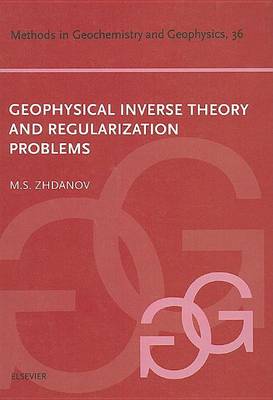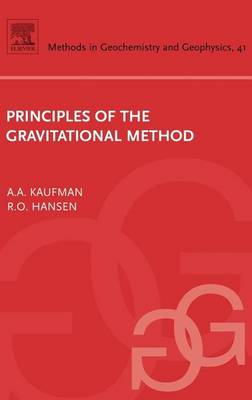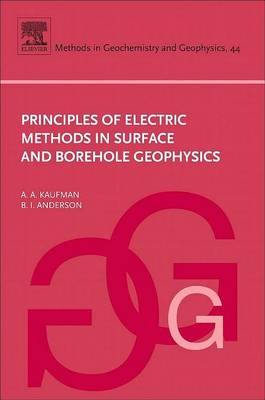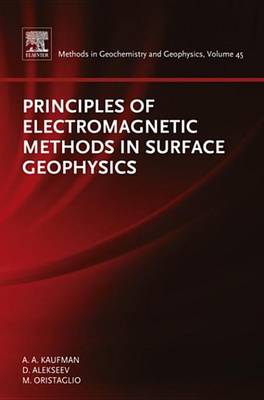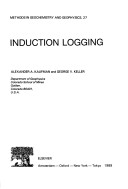Methods in Geochemistry and Geophysics
4 primary works • 11 total works
Book 36
Geophysical Inverse Theory and Regularization Problems
by Mikhail Semenovich Zhdanov and Michael S. Zhdanov
The book is divided in five parts covering the foundations of the inversion theory and its applications to the solution of different geophysical inverse problems, including potential field, electromagnetic, and seismic methods. The first part is an introduction to inversion theory. The second part contains a description of the basic methods of solution of the linear and nonlinear inverse problems using regularization. The following parts treat the application of regularization methods in gravity and magnetic, electromagnetic, and seismic inverse problems. The key connecting idea of these applied parts of the book is the analogy between the solutions of the forward and inverse problems in different geophysical methods. The book also includes chapters related to the modern technology of geophysical imaging, based on seismic and electromagnetic migration.
This volume is unique in its focus on providing a link between the methods used in gravity, electromagnetic, and seismic imaging and inversion, and represents an exhaustive treatise on inversion theory.
Book 41
Principles of the Gravitational Method
by Alex A. Kaufman and Richard O Hansen
Book 44
Principles of Electric Methods in Surface and Borehole Geophysics
by Alex A. Kaufman and B. Anderson
Book 45
Principles of Electromagnetic Methods in Surface and Borehole Geophysics
by Alex A. Kaufman and Michael Oristaglio
v. 43
theories and methods employed in EM geophysical exploration.
The book brings together the fundamental theory of EM fields and the practical
aspects of EM exploration for mineral and energy resources.
This text is unique in its breadth and completeness in providing an
overview of EM geophysical exploration technology.
The book is divided into four parts covering the foundations of EM
field theory and its applications, and emerging geophysical methods.
Part I is an introduction to the field theory required for baseline
understanding.
Part II is an overview of all the basic elements of
geophysical EM theory, from Maxwell's fundamental equations to modern
methods of modeling the EM field in complex 3-D geoelectrical formations.
Part III deals with the regularized solution of ill-posed
inverse electromagnetic problems, the multidimensional migration and imaging of
electromagnetic data, and general interpretation techniques.
Part IV describes major geophysical electromagnetic methods-direct current (DC), induced polarization (IP), magnetotelluric
(MT), and controlled-source electromagnetic (CSEM) methods-and covers
different applications of EM methods in exploration geophysics, including
minerals and HC exploration, environmental study, and crustal study.
v.31
Geotechnical Methods in Geophysical Exploration
by Mikhail Semenovich Zhdanov and George V. Keller
Principles of the Magnetic Methods in Geophysics
by Alex A. Kaufman, Richard O Hansen, and Robert L Kleinberg
